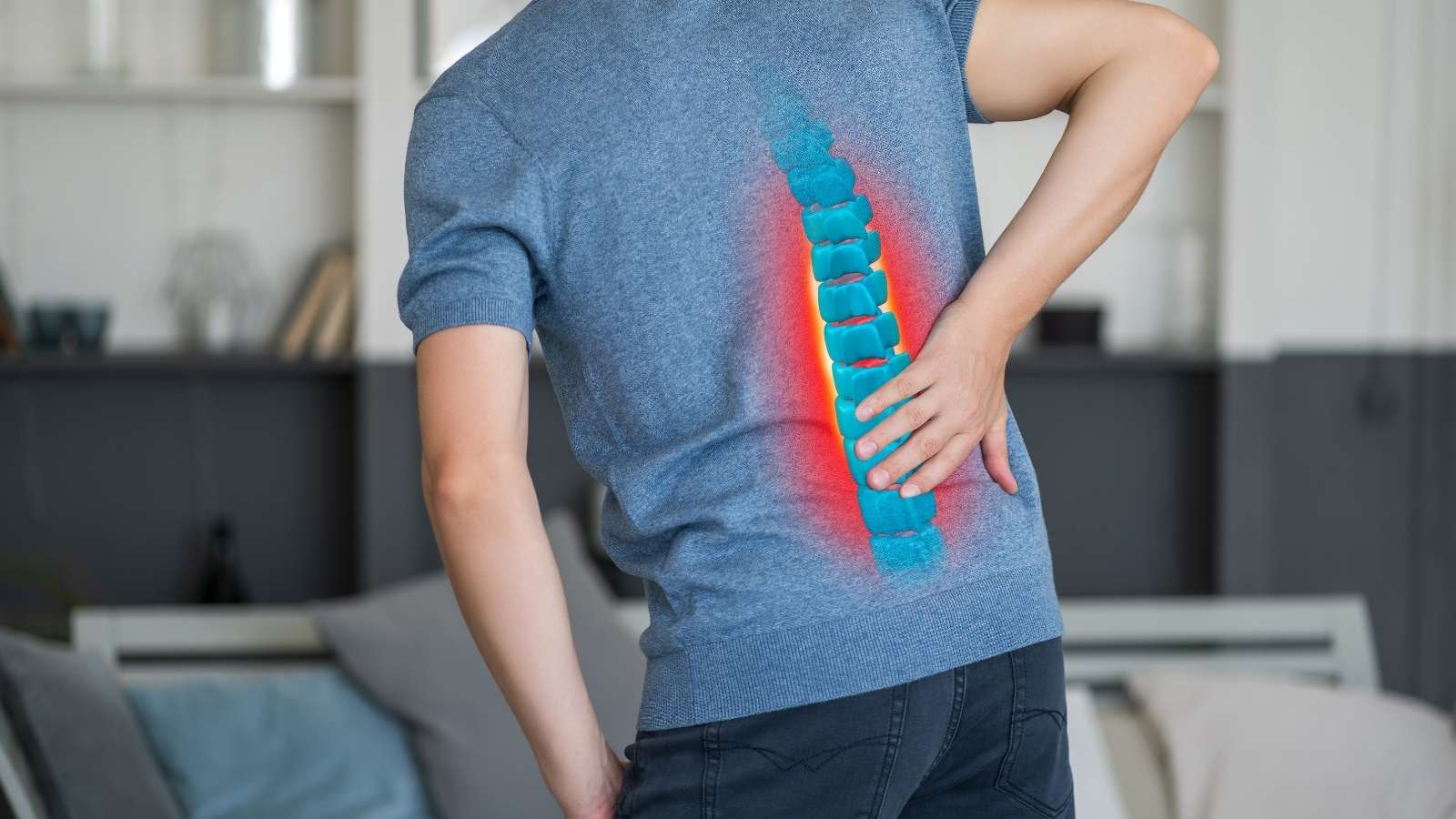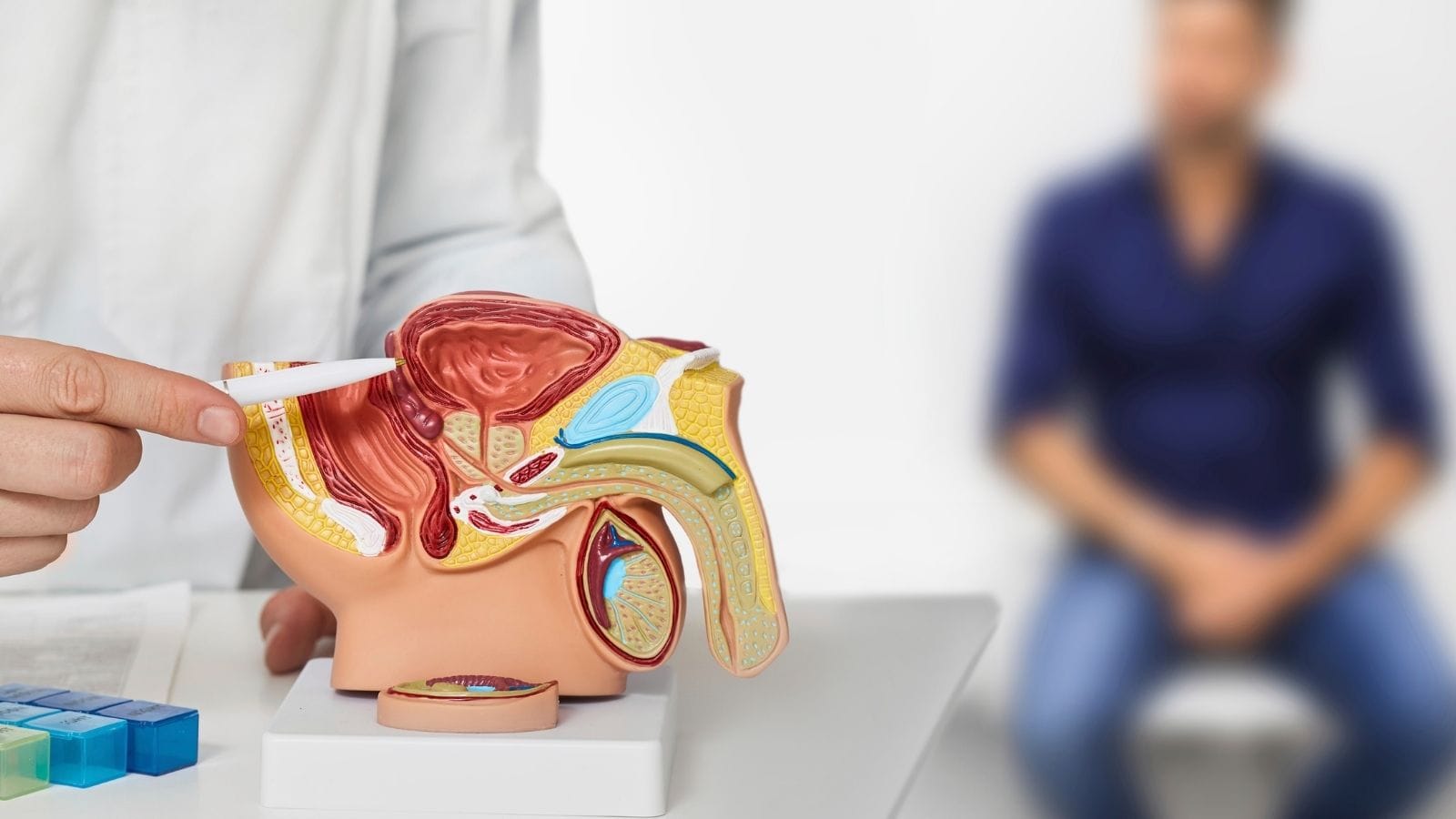Internal goiter, also called plunging or retrosternal goiter, is an enlargement of the thyroid gland extending into the chest cavity. It may cause symptoms such as difficulty breathing, swallowing problems, or a feeling of pressure in the neck and chest.
Diagnosis is established through imaging methods such as ultrasound, CT, or MRI, which reveal the extent of thyroid enlargement and compression of nearby structures. Laboratory tests help assess thyroid function.
Treatment often requires surgical removal, particularly when the goiter causes airway compression or functional disorders. Surgery may be more complex due to its deep chest extension.
Long-term outcomes are favorable with timely treatment. Surgery usually restores normal breathing and swallowing, significantly improving patient quality of life.
| Medical Name | Retrosternal Goiter / Plunging Goiter |
| Causes | Iodine deficiency, genetic predisposition, thyroid hormone imbalances |
| Risk Factors | Female gender, advanced age, iodine deficiency, smoking |
| Common Symptoms | Sensation of fullness in the neck, shortness of breath, difficulty swallowing, voice changes |
| Diagnostic Methods | Physical examination, ultrasonography, CT (computed tomography), scintigraphy |
| Complications | Compression of the airways, esophageal compression, vocal cord involvement |
| Treatment Methods | Observation (in asymptomatic cases), thyroid hormone therapy, surgery (total or subtotal thyroidectomy), embolization |
| Surgical Indications | Breathing/swallowing difficulties, suspicion of malignancy, cosmetic reasons |
| Prevention | Adequate iodine intake, regular thyroid check-ups |
What Is Internal Goiter?
In simple terms, internal goiter is when your thyroid gland grows out of its usual “home” in the neck and extends into the chest cavity. Think of it like the roots of a plant growing out of the bottom holes of a flowerpot when it runs out of space—when the thyroid outgrows the limited space in the neck, it finds the path of least resistance, which is into the chest (mediastinum).
This hidden growth may not always be visible externally. You could be carrying a significantly large goiter inside your chest even without a noticeable neck swelling. That’s why we call it “internal” goiter. There are several medical terms for this, all meaning the same thing:
- Retrosternal Goiter
- Plunging Goiter
- Substernal Goiter
- Mediastinal Goiter
Why Does Internal Goiter Develop?
But why does the thyroid gland make this “journey”? The answer usually lies in the gland being forced to work harder than normal. When your thyroid hormone levels drop, the pituitary gland in your brain produces Thyroid Stimulating Hormone (TSH) as a whip, pushing the thyroid to work more. This constant stimulation leads to cell proliferation and growth over time—resulting in goiter.
The main factors that trigger this growth are:
- Iodine deficiency
- Hashimoto’s disease
- Graves’ disease
- Thyroid nodules
- Genetic predisposition
As the gland grows, it chooses the path of least resistance, escaping the cramped neck by expanding into the chest cavity.
Who Is at Higher Risk for Internal Goiter?
Certain factors can increase the risk of developing internal goiter. If any of the following apply to you, it may be wise to be more vigilant and consult a doctor if you experience suspicious symptoms:
- Female gender
- Older age (especially over 50)
- Family history of thyroid disease
- Pregnancy or menopause
- Use of certain heart or psychiatric medications
- History of head/neck radiation therapy
- Smoking
Having these risk factors does not mean you will definitely develop internal goiter—but it does mean you should be more attentive to your body’s signals.
What Are the Symptoms of Internal Goiter?
Internal goiter usually has a sneaky onset. Because the growth is slow, the body can tolerate it for a long time. But as the goiter reaches a certain size, it begins to press on its neighbors inside the rigid chest wall, and that’s when symptoms appear.
Symptoms related to airway compression:
- Shortness of breath, especially with exertion
- Sensation of choking, especially when lying on your back
- Persistent, stubborn dry cough
- Wheezing or whistling breathing sounds
Symptoms due to esophageal compression:
- Difficulty swallowing
- Sensation of food getting stuck in the throat
Symptoms from nerve compression:
- Hoarseness
- Weakening or cracking of the voice
Symptoms from vascular compression:
- Redness of the face and neck when raising the arms
- Prominent neck veins
How Is Internal Goiter Diagnosed?
Listening to you is the first and most important step in our diagnostic journey. When your symptoms started, your family history, and general health provide vital clues. During the physical exam, we assess your neck and check your thyroid hormone levels with blood tests.
However, due to the hidden nature of internal goiter, imaging methods are essential to confirm the diagnosis and clarify the extent of the condition. The main tests we use include:
- Neck Ultrasound (USG)
- Chest X-ray
- Computed Tomography (CT)
- Magnetic Resonance Imaging (MRI)
Ultrasound is excellent for visualizing the neck portion of the goiter, but cannot see what is hidden behind the bones. This is where CT or MRI comes in—these advanced tests provide a 3D “map” of your body, showing exactly where the goiter ends, its size, and most importantly, how close it is to critical structures like the trachea, esophagus, heart, and major vessels. This map is essential, especially when planning non-surgical treatments.
Is Untreated Internal Goiter Dangerous?
Unfortunately, the answer is yes. An internal goiter that seems harmless at first can gradually enlarge, leading to severe—even life-threatening—complications over time. It’s crucial not to underestimate this condition and to seek timely intervention.
Some of the risks of untreated internal goiter include:
- Sudden airway obstruction
- Tracheomalacia (permanent weakening of the windpipe)
- Superior Vena Cava Syndrome (blockage of a major vein)
- Risk of developing thyroid cancer
These risks clearly explain why symptomatic or enlarging internal goiters must be treated.
How Can Internal Goiter Be Treated Without Surgery?
In the past, major surgery was seen as the only solution for internal goiter. Today, thanks to advances in Interventional Radiology, we can solve this problem with the least invasive approach—often without surgery at all. These modern techniques are particularly suitable for patients at high risk for anesthesia, the elderly, or those who are reluctant to undergo surgery.
- Thyroid Artery Embolization (TAE): Cutting Off the Goiter’s Blood Supply
This procedure can be thought of as turning off the tap that feeds the goiter. It is performed in an angiography suite while you are awake and under local anesthesia. Through a tiny puncture in the groin or arm artery, we insert a fine, flexible tube (catheter) and navigate it through your blood vessels under X-ray guidance to reach the arteries supplying your goiter. Once in place, we inject microscopic particles that block the blood flow. The goiter tissue, deprived of oxygen and nutrients, gradually loses its vitality, shrinks, and relieves pressure on nearby organs such as the windpipe.
- Radiofrequency Ablation (RFA): Destroying Nodules from Within
If your internal goiter consists mainly of large nodules, Radiofrequency Ablation is a fantastic option. Imagine this as “vaporizing” the nodule by heating it from the inside. Performed in an outpatient clinic under ultrasound guidance, a thin RFA needle is placed into the center of the problematic nodule. Radiofrequency energy heats and destroys the targeted tissue, which your body then gradually cleans up, leading to a noticeable reduction in nodule size. The beauty of this method is that it targets only the problematic nodule, leaving healthy thyroid tissue untouched.
What to Expect After Interventional Treatment for Internal Goiter?
The best part of non-surgical treatments is the rapid and comfortable recovery. After embolization (TAE), an overnight hospital stay is usually sufficient; after RFA, you can typically return home after a few hours of observation. In both cases, you can resume your normal daily activities within a few days.
Improvement in symptoms such as shortness of breath or difficulty swallowing begins in the first weeks after the procedure and continues to increase over the next 6–12 months as the goiter shrinks.
Follow-up focuses on:
- Degree of symptom relief
- Reduction in goiter volume
- Thyroid function status
- Regular ultrasound monitoring
Internal goiter is a manageable health condition. The key is accurate diagnosis and the selection of the most appropriate, modern, and comfortable treatment option for you. Non-surgical treatments offer a safe haven away from the concerns of surgery. Listen to your body’s signals and don’t hesitate to discuss your condition with a specialist to get clear information about your options.

Girişimsel Radyoloji ve Nöroradyoloji Uzmanı Prof. Dr. Özgür Kılıçkesmez, 1997 yılında Cerrahpaşa Tıp Fakültesi’nden mezun oldu. Uzmanlık eğitimini İstanbul Eğitim ve Araştırma Hastanesi’nde tamamladı. Londra’da girişimsel radyoloji ve onkoloji alanında eğitim aldı. İstanbul Çam ve Sakura Şehir Hastanesi’nde girişimsel radyoloji bölümünü kurdu ve 2020 yılında profesör oldu. Çok sayıda uluslararası ödül ve sertifikaya sahip olan Kılıçkesmez’in 150’den fazla bilimsel yayını bulunmakta ve 1500’den fazla atıf almıştır. Halen Medicana Ataköy Hastanesi’nde görev yapmaktadır.









Vaka Örnekleri